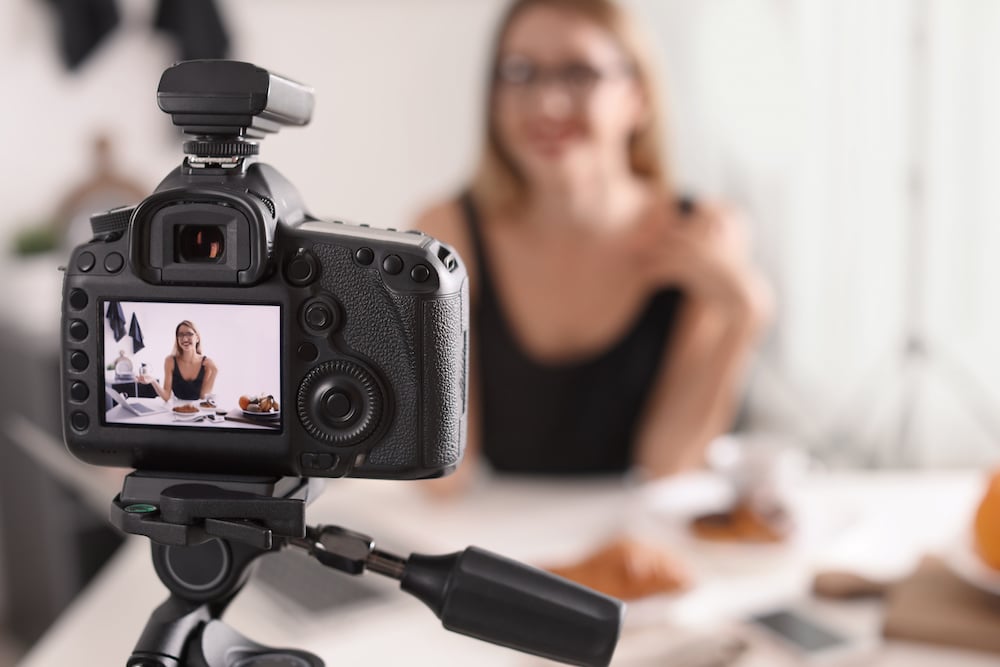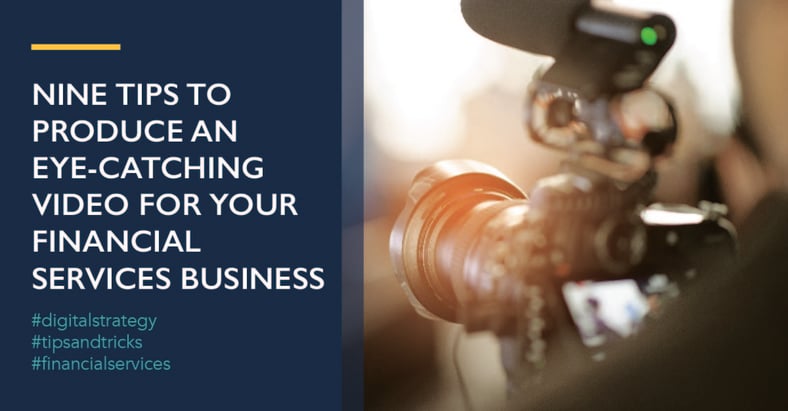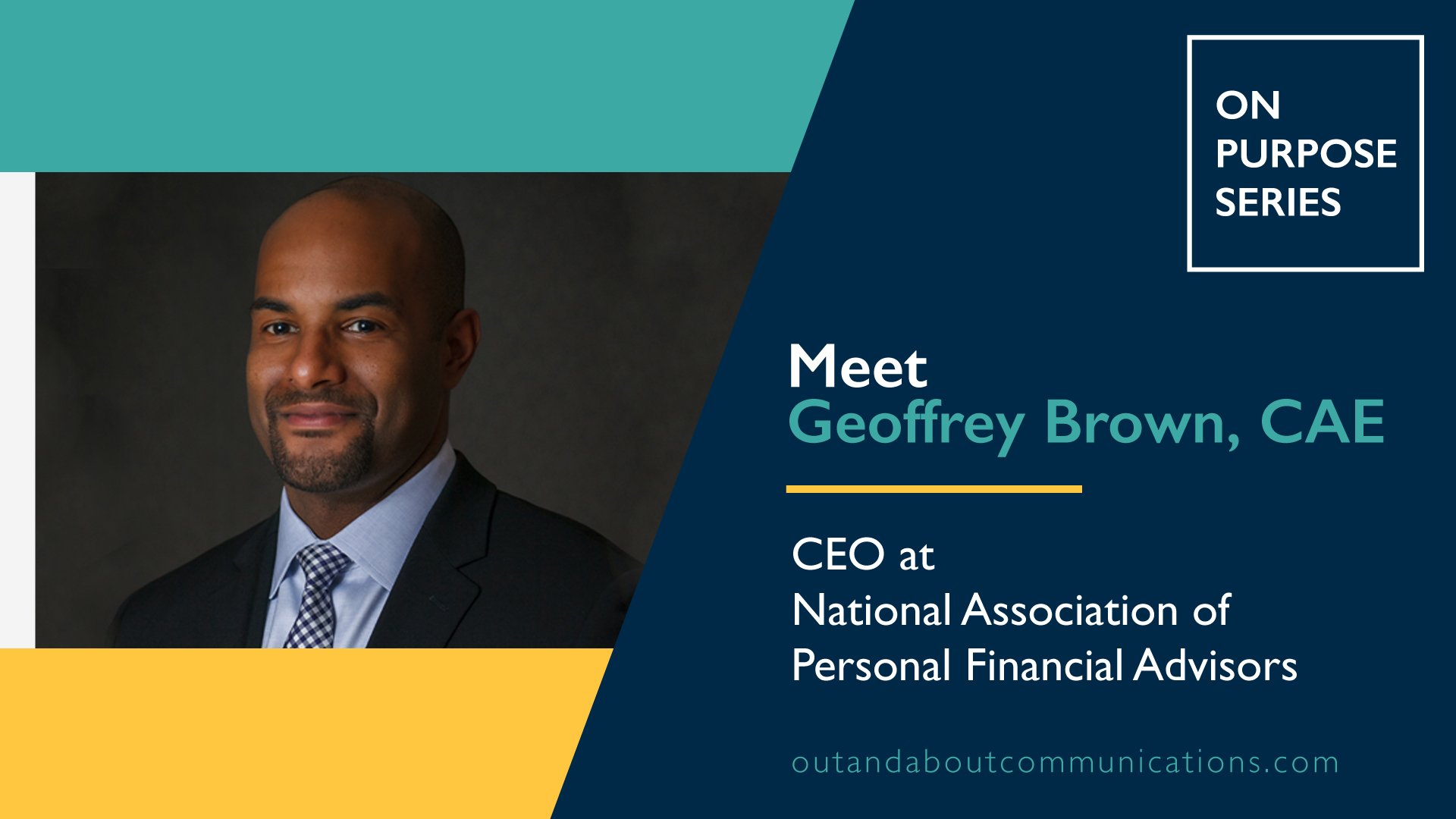
The modern marketer knows that using video storytelling is no longer a luxury — it’s a necessity. If you want to increase exposure and conversion, video marketing needs to be an essential part of your overall digital strategy.
Marketers who use video on their landing pages typically increase their conversion rate by 80 percent, with 40 percent of users taking some kind of action after watching a video ad. One-hundred million hours of video are viewed on Facebook daily, while five billion videos are watched on YouTube every single day.
That’s a lot of engagement! So how do you stand out?
Whether you realize it or not, poor video quality creates one more obstacle between you and your audience. Having quality audio and video allows you to make a greater impact on your audience. That’s why it’s so important to use an external audio recording device. Never use the microphone built into your camera.
To achieve better audio quality for your videos, here are the devices we recommend:
1) A wireless microphone system
A wireless microphone system is best all-around. It syncs the audio directly to your video because the receiver sits on top of your camera and plugs in directly. This allows you to capture good, clean audio from your subject. The Rode Filmmaker Kit is the one our video production team uses most often. You’ll need to be in about a 100-foot range of your subject when recording, which shouldn't be an issue for most situations.
2) A small audio recording device
The Zoom H1 is another great option. It’s reliable, durable, easy to use and has a long-lasting battery life. Stick this one in the jacket pocket of your subject, who can wear it for hours. Because this recorder doesn't plug straight into your camera, audio will need to be synced up with your video in the editing room.
Here’s a pro tip: Once both your audio and video are recording, ask someone to clap twice loudly. You can find the clapping sound when you’re editing, and it makes syncing up much easier. The plus side to this method is the device records clean audio independently of the camera, so no need to be in range.
3) Shotgun microphone
Shotgun microphones that sit on top of your camera are good for speeches, meetings, conferences, and lectures — generally situations where your subject is stationary and speaking in one direction. The shotgun mic is directional, so it needs to be pointed directly at your subject. (Aim for the chest of your subject for the best results.) One thing to note about a shotgun mic is that if your subject turns his or her head, or moves out of the direction of the mic, audio with be affected.
Also, shotgun mics tend to pick up ambient noise (HVAC systems, echoes, etc.), but this can be remedied with a wind sock, usually sold with the mic, or with a parabolic mic that has a small shield around it to block out sounds from either side and amplify sounds coming directly at the mic. Overall, the shotgun mic is a good option if you don't have the time or ability to mic up your subject.
4) Smartphone audio recorder
To most people’s surprise, smartphones have incredibly good audio recorders built right in. If you’re in a pinch, this is a great option. The only thing you need to buy is a lapel mic, which ranges in quality and price, and an adapter to fit your phone’s input. Much like the Zoom H1 portable recording device, this option records independently of the camera, so you can set it and forget it. This works well for interviews, weddings and conferences, to name a few.
We hope these tips are helpful next time you find yourself doing a video shoot. As a final tip, we suggest hiring a professional video storyteller to film and edit your marketing videos. Producing your own videos may save money in the short term, but you could risk repelling your audience with a low-quality video and spend four times the hours it takes a professional to edit. This will end up costing you more time, money — and potential followers. By using a professional, you ensure the greatest possible impact on your audience.
Check out our blog on What You Should Expect to Pay for An Effective Video for more information on video production and check back often for more professional tips!






